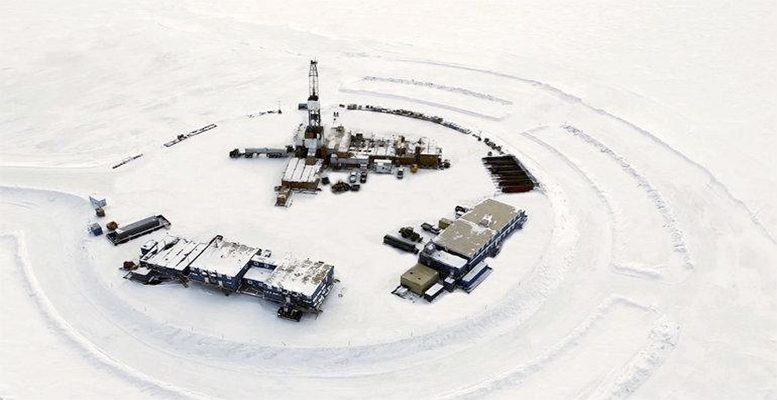Fortune is smiling on Repsol again. The company and its partner Armstrong Energy have made the biggest conventional discovery of hydrocarbons in the last 30 years on US territory. The wells found, named Horseshoe-1 and Horseshoe-1A, and drilled during the winter exploration campaign 2016-2017, confirm the Nanushuk formation as one of those with most potential in the prolific region of the North Slope of Alaska. So it’s estimated that the contingent resources of Repsol and Armstrong Energy’s blocks, identified with the data existing about the Nanushuk formation, total approximately 1.2 million barrels of light recoverable oil, a figure which is equivalent to four years of consumption in Spain. Analysts agree that the size of the US discovery is significant:
“The wells will dramatically boost Repsol’s business in the US, where it has proven reserves of 369,9 million barrels and daily production of 127.000 barrels of gas and 54.000 of liquids,” says Luis Padrón from ACF.
“The exploration process coincides with a period when the strategy of the Trump administration is to support the oil industry,” Bankinter analysts add.
The discovery of Horseshoe extends the Nanushuk formation by over 32 kilometres compared with the finds made up to now in Pikka by Repsol and Armstrong in 2014 and 2015. The licences to develop these are in the process of being obtained. Repsol has a 25% share in Horseshoe and 49% in Pikka. Armstrong owns the remaining percentage and is currently the operator. It’s expected that a significant percentage of the identified resources will be reclassified as proven and probable reserves once the adminstrative licences for the Nanushuk project are obtained.
The crude which has been discovered is top quality and the cost of production in this part of Alaska, where there is a long tradition of oil prospecting, is low thanks to the land’s characteristics. So the returns from the field will be high. Repsol ended 2016 with average production of 690.200 barrels of oil equivalent per day, 23% more than in 2015. It increased its hydrocarbon reserves to 2.382 million barrels, with a replacement rate of 103%. This rate indicates to what extent the new reserves which the group obtains cover those which are out for production.
Despite acknowledging the importance of the discovery, Kepler Cheuvreux believes that it’s still in the early stages and there are a few details which are not yet very clear, as they explain:
This 1.2bn bbl recoverable figure is net to Repsol or on a 100% basis and whether it represents the entire Nanushuk play (including both Pikka and Horseshoe discoveries) or whether it relates to the new Horseshoe discovery alone.
The economic impact of the Alaskan oil wells will not be noticed until 2021.





